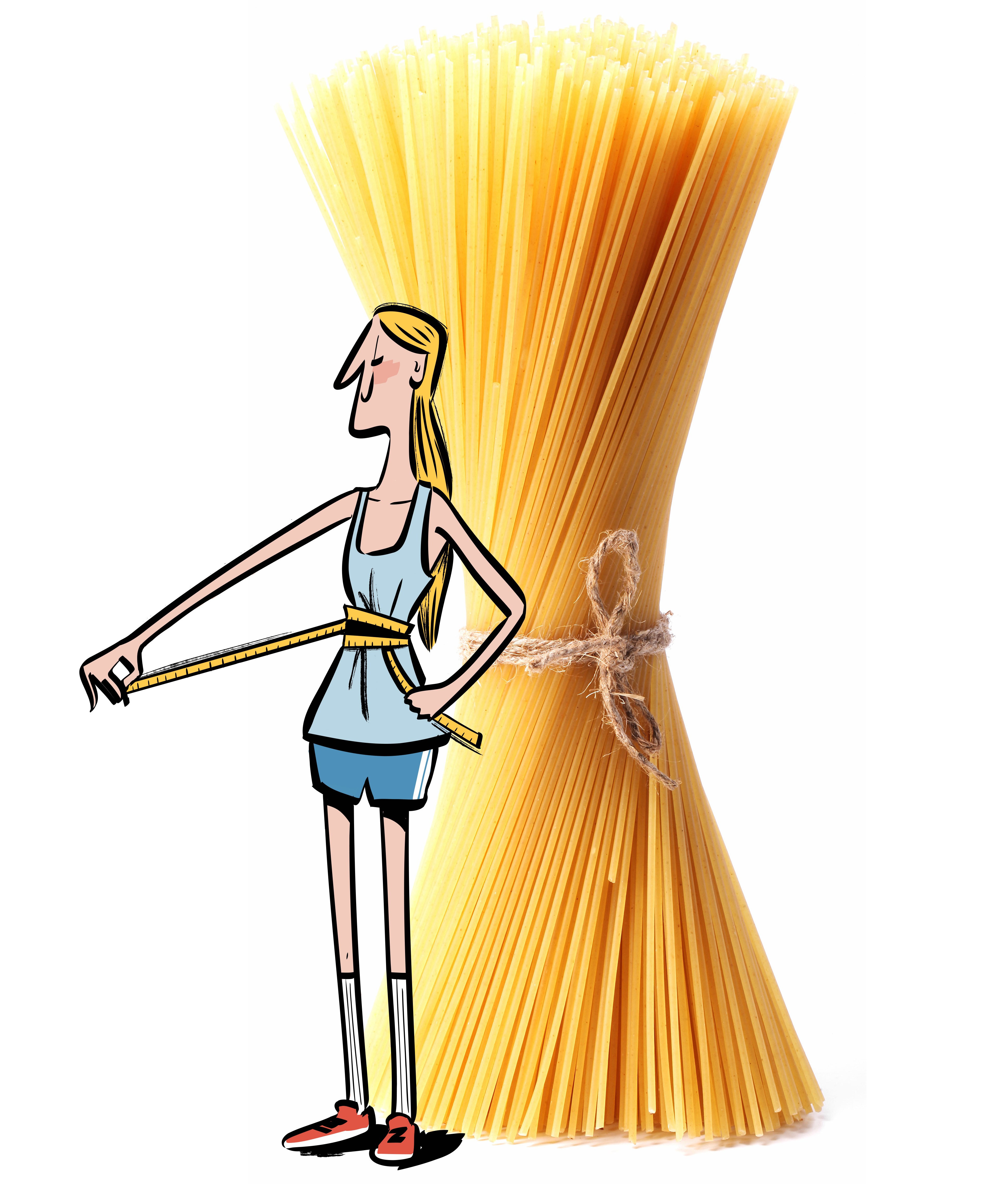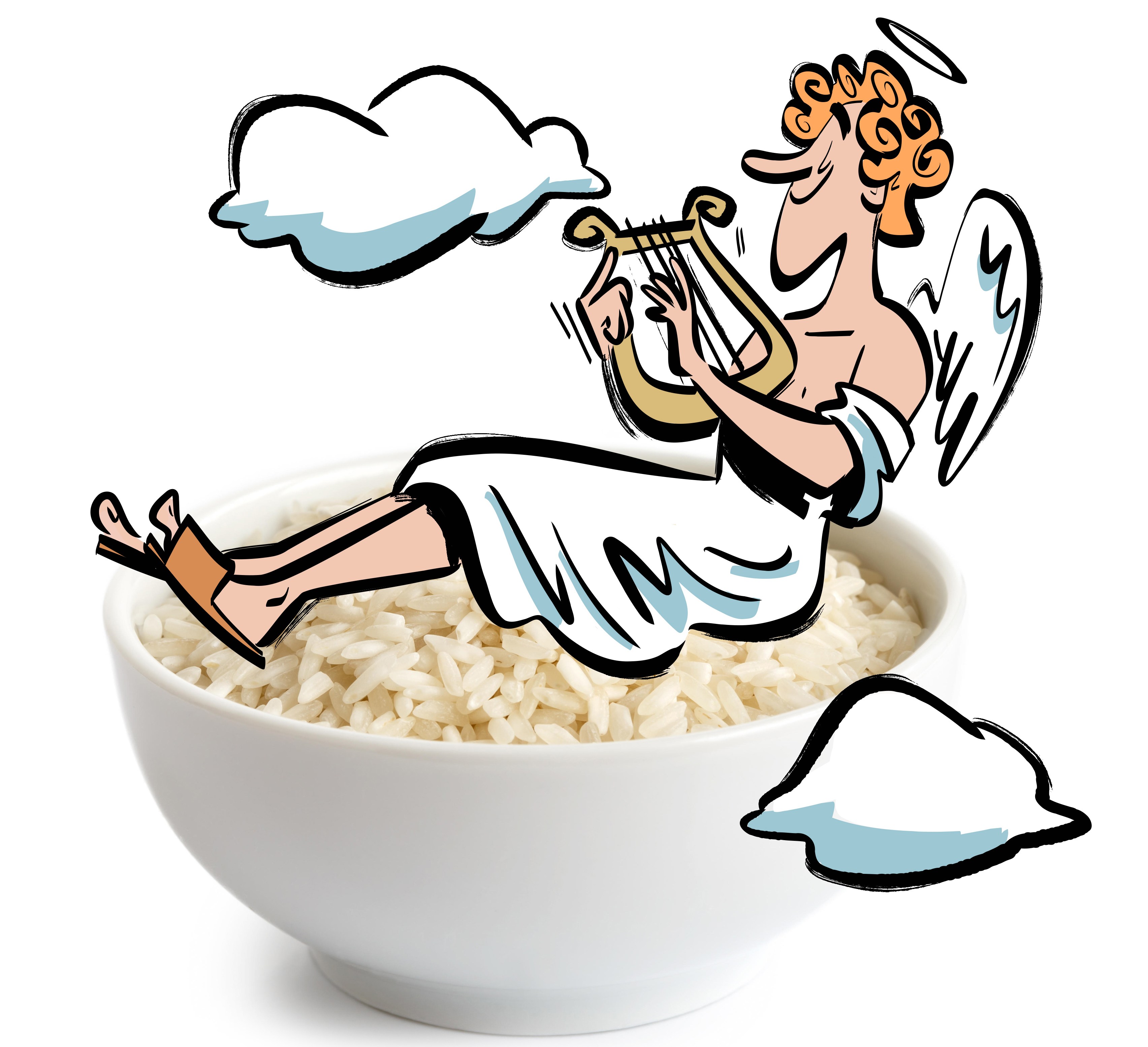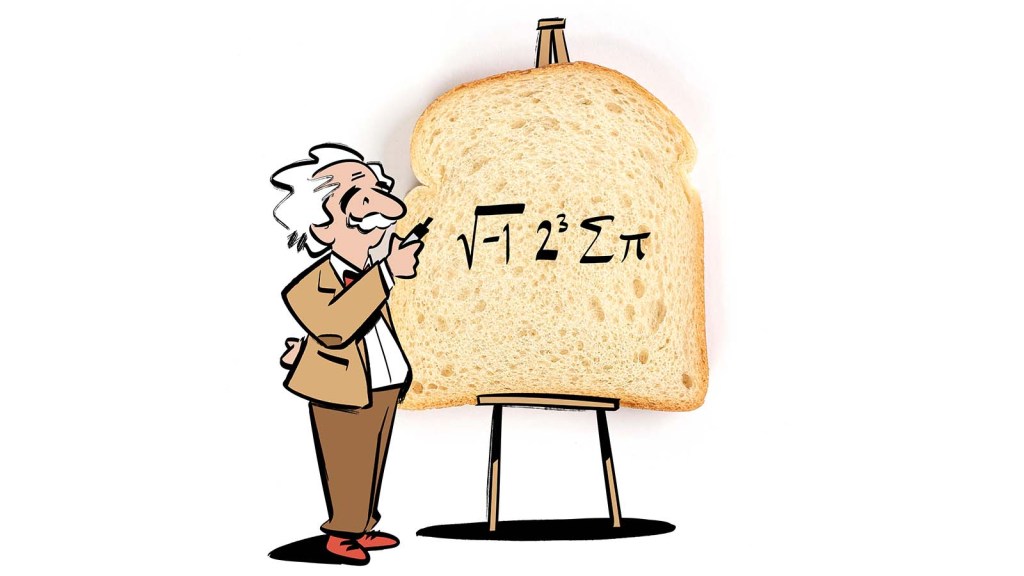Understanding Carbohydrates: The Truth About Bread, Pasta, and Rice
Carbohydrates often face significant criticism, with many believing that avoiding foods like pasta, bread, and rice is essential for maintaining health and a slim figure.
The apprehension towards carbs dates back to the 1860s, when William Banting, a retired undertaker from Britain, promoted a low-carb diet in a pamphlet aimed at addressing his weight issues, positioning him as an early influencer in dietary circles. Low-carb diets have fluctuated in popularity ever since.
Despite this, bread has sustained human diets for centuries, and rice stands as one of the most widely consumed staples globally. Interestingly, Italy, renowned for its pasta consumption, boasts the lowest obesity rate in Europe. Moreover, both the Mediterranean diet and the eating patterns of blue zones—regions noted for their longevity such as Japan, Costa Rica, Sardinia, Greece, and California—are rich in carbohydrates. So, are carbs truly our adversaries?
“Carbohydrates are crucial for our health,” explains Priya Tew, a nutrition expert from Dietitian UK and a representative of the British Dietetic Association. “They are not only necessary daily but should ideally feature in almost every meal.”
Providing the body with a crucial energy source, carbohydrates support proper functioning of muscles, brains, and other tissues. “Research indicates that insufficient carbohydrate intake or prolonged avoidance can negatively impact cognitive functions, concentration, and emotional regulation,” Tew adds.
The essential takeaway is balance. “Carbs themselves aren’t inherently fattening,” states Dr. Federica Amati, a leading nutritionist at Zoe, a science and nutrition organization. “However, just like any other energy-providing macronutrient, excessive consumption can lead to weight gain as the body stores surplus energy for future use.”
Pasta, bread, and rice hold nutritional values that may surprise you. Here’s a guide to their benefits and ways to integrate them into a healthy diet.
Mastering Pasta

Pasta Is More Than Just Carbs
Simplifying a food to just its carbohydrate content is an oversight. While pasta is primarily a carbohydrate, it is also rich in protein and vital micronutrients, such as vitamin B1, essential for glucose metabolism and supporting a healthy nervous system; vitamin B9, crucial for cell growth and especially important for expectant mothers; and selenium, which bolsters immune and brain functions.
Pasta Consumers Often Weigh Less
Concerned that pasta leads to weight gain? Research suggests otherwise. A 2023 study by the University of Minnesota revealed that pasta is generally not linked to body weight or body composition, and may even correlate inversely with BMI and abdominal obesity—especially when part of a well-rounded eating plan.
This may be attributed to pasta’s distinctive structure. Made from durum wheat, it is dense and challenging for digestive enzymes to process quickly. “This slow digestion leads to a reduced glycemic response,” asserts gut health expert Dr. Emily Leeming, “creating a steadier increase in blood sugar levels post-consumption compared to foods like white bread, rice, or mashed potatoes, which can enhance satiety and sustained energy levels.”
White vs. Wholegrain: It’s Okay Either Way
Most of us don’t consume pasta in isolation. It’s a perfect medium for an array of nutritious accompaniments, such as tomatoes, extra virgin olive oil, garlic, onions, and a variety of vegetables, nuts, herbs, spices, beans, and oily fish.
This means there’s little need to fret about choosing white pasta over whole grain. Although wholegrain pasta contains more fiber, a balanced pasta dish will still deliver ample fiber, healthy fats, and proteins.
Leftover Pasta Is Beneficial
I enjoy reheating leftover pasta in a pan with oil until it turns crispy. Not only is reheated pasta often more delicious than the original meal, but it also provides additional health benefits.
Cooking and cooling pasta alters its structure, converting some of it into “resistant starch,” which behaves like fiber in the body, according to a 2020 study. This process fuels beneficial gut bacteria, and reheating the cooled pasta further boosts the resistant starch content.
Choosing the Right Bread
Opt for Authentic Loaves
“Not all bread is created equally,” states Chris Young from the Real Bread Campaign, highlighting the significant distinction between what he refers to as “additive-laden industrial dough products” and genuine bread.
“Real bread, meaning additive-free loaves, is a flavorful and nutritious addition to any meal,” he confirms. “A few brands offer additive-free options, including authentic sourdough. To ensure quality, reading the ingredient list and searching for the Real Bread Loaf Mark is essential.”
Sourdough: The Optimal Choice
Despite its trendy image, “sourdough is simply the right way to make bread,” explains Matthew Jones of Bread Ahead bakeries. “Modern yeast is a relatively recent introduction. Up until fifty or sixty years ago, most bread was sourdough.”
Advancements in technology accelerated bread-making processes, often sacrificing some nutritional benefits of traditional methods. Whenever possible, select non-processed loaves. “White sourdough contains essential amino acids and may have a lower glycemic load than heavily processed industrial bread,” notes Amati from Zoe. This promotes better gut health and overall well-being.
Further studies indicate that the prolonged fermentation associated with sourdough production can enhance nutrient absorption within bread, including iron, calcium, magnesium, and zinc.
Carbohydrates Fuel Our Brains
Our brains depend on carbohydrates for energy. Research from Spain in 2022 revealed that the brain utilizes 20-25 percent of energy expended at rest. The study also highlighted that approximately 170 grams of glucose daily is necessary for the optimal functioning of our brains, bone marrow, red blood cells, and reproductive tissues. Tew mentions this translates to roughly eight to nine slices of bread daily. “While it doesn’t have to be bread, it illustrates the need for ample carbohydrate intake throughout the day.”
Leeming adds, “Removing carbohydrates from your diet forces your body to seek alternative energy sources, which can lead to fatigue, cognitive fog, and irritability.”
Exploring Rice

White Rice: A Healthy Option
Though less nutritious compared to brown rice, white rice is not devoid of benefits. It contains fiber, magnesium, and potassium, making it a valuable component of a balanced diet. It’s particularly advantageous for those with celiac disease, as it holds no gluten content.
“Whole grains like brown rice typically outperform refined grains such as white rice due to higher fiber content,” explains Amati. “They carry more nutrients and are digested at a more gradual pace, whereas refined grains process more quickly in the digestive system.” However, context is critical—what you pair your rice with matters.
A nutritious meal can include white rice paired with ample vegetables, oily fish, and spices like cumin and turmeric.
Black rice stands out due to its substantial polyphenol content—plant compounds that support gut health—outperforming both red and brown rice in this respect. Polyphenols help protect bodily tissues against stress and inflammation.
Concerns About Blood Sugar
Concerns regarding blood sugar levels have led to renewed apprehension over carbohydrates. While all foods can elevate blood sugar levels, some have a more pronounced effect than others. Is this a valid concern?
“For the general population without blood sugar issues or family history of diabetes, there is no need for concern,” asserts Tew. “This narrative is often miscommunicated as universally applicable—this is not the case.”
Carbohydrates are not luxuries; they are essential. “Living without carbs is likely unsustainable and could lead to a tedious and unsettling experience for our microbiome as well,” concludes Amati.




Post Comment